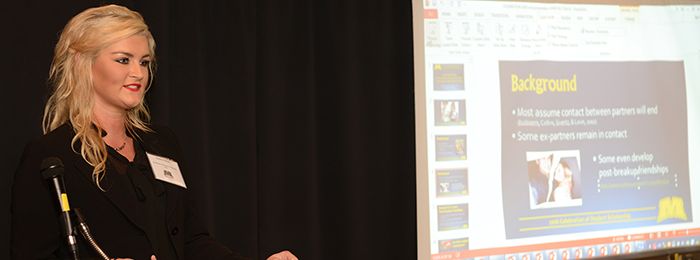Document Type
Video
Publication Date
Spring 2021
Abstract
The use of artificial light at night contributes to light pollution across the globe. Prior to 2005, artificial sources of light at night were mainly high- and low-pressure sodium light sources, which are yellow rich. The increased use of LED lighting is changing spectral signature of the night sky is changing. LEDs emit a peak in blue light. Blue light is scattered much more effectively than yellow and red, increased use of LEDs will increase both glare and skyglow. Unihedron’s Sky Quality Meter (SQM) is an instrument used widely by astronomers to measure the luminance of the night sky. Data collected from the SQM can be used to quantify the skyglow aspect of light pollution in terms of magnitudes per square arc second (MPSAS). With the use of colored filters, the spectral signature of the night sky can be measured. We used two sets of portable SQM’s that each consist of four meters which measure the MPSAS in different wavelengths: clear (L), green (G), red (R), and blue (B). Our preliminary work includes an intercomparison of each pair detectors with matching color filters. We describe our calibration procedure and examine preliminary data. Once the intercomparison is complete, the SQMs can be used to compare the amount of artificial light and its spectra at different locations.
Recommended Citation
Sergent, Ryan and Birriel, Jennifer, "Documenting Night Sky Brightness Using Sky Quality Meters" (2021). 2021 Celebration of Student Scholarship - Oral Presentations. 13.
https://scholarworks.moreheadstate.edu/celebration_videos_2021/13
Included in
Arts and Humanities Commons, Biology Commons, Business Commons, Engineering Commons, Higher Education Commons, Nursing Commons, Social and Behavioral Sciences Commons

